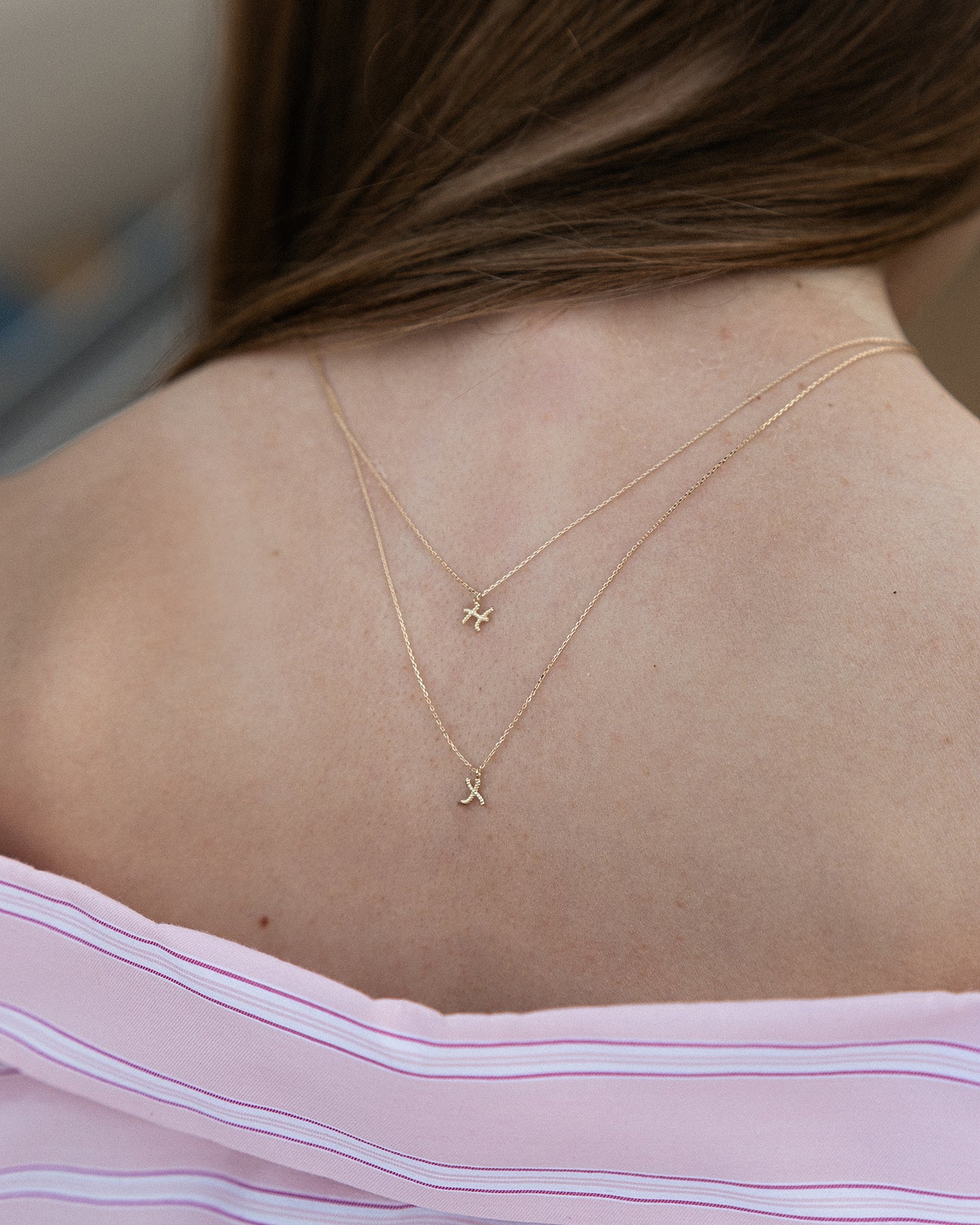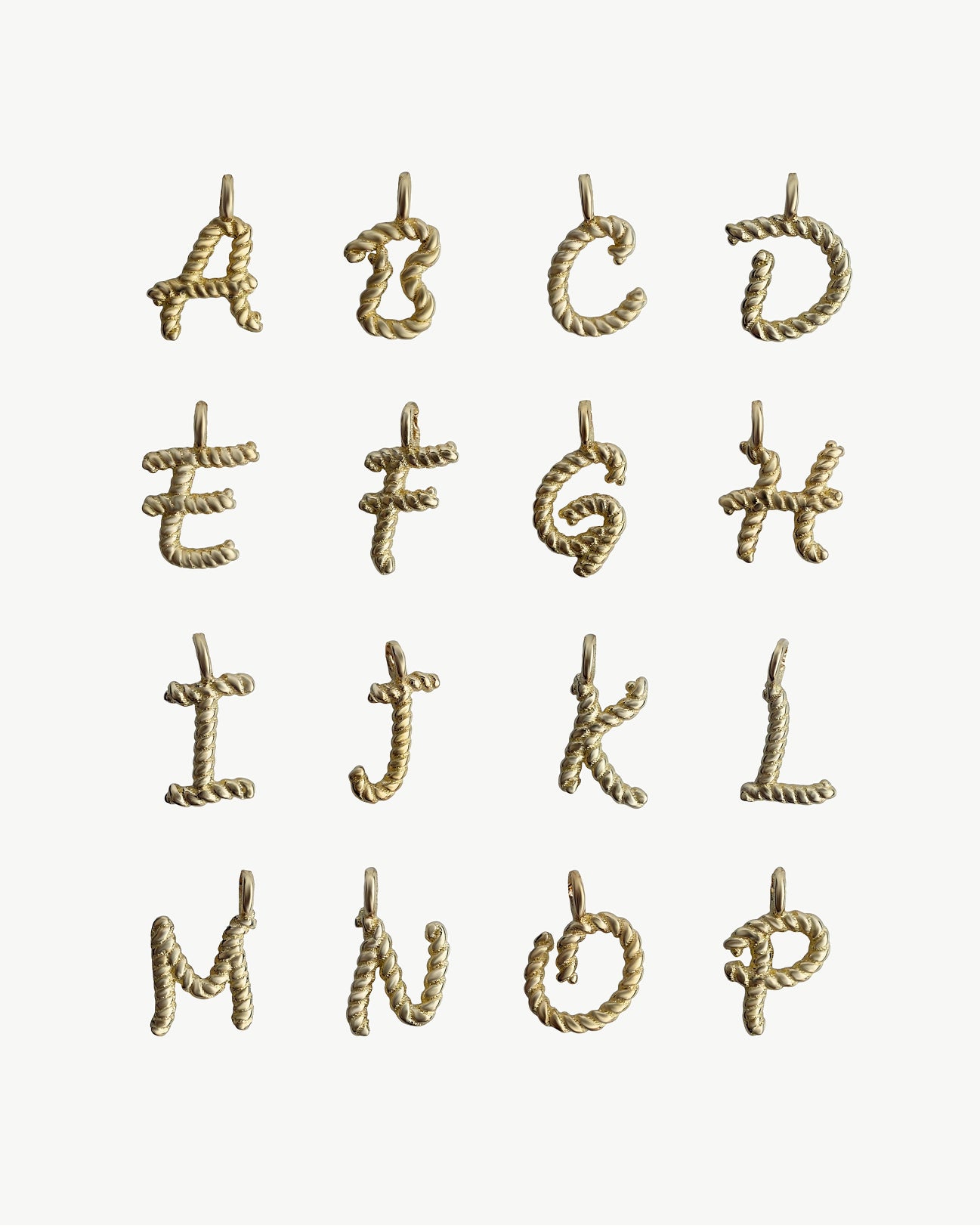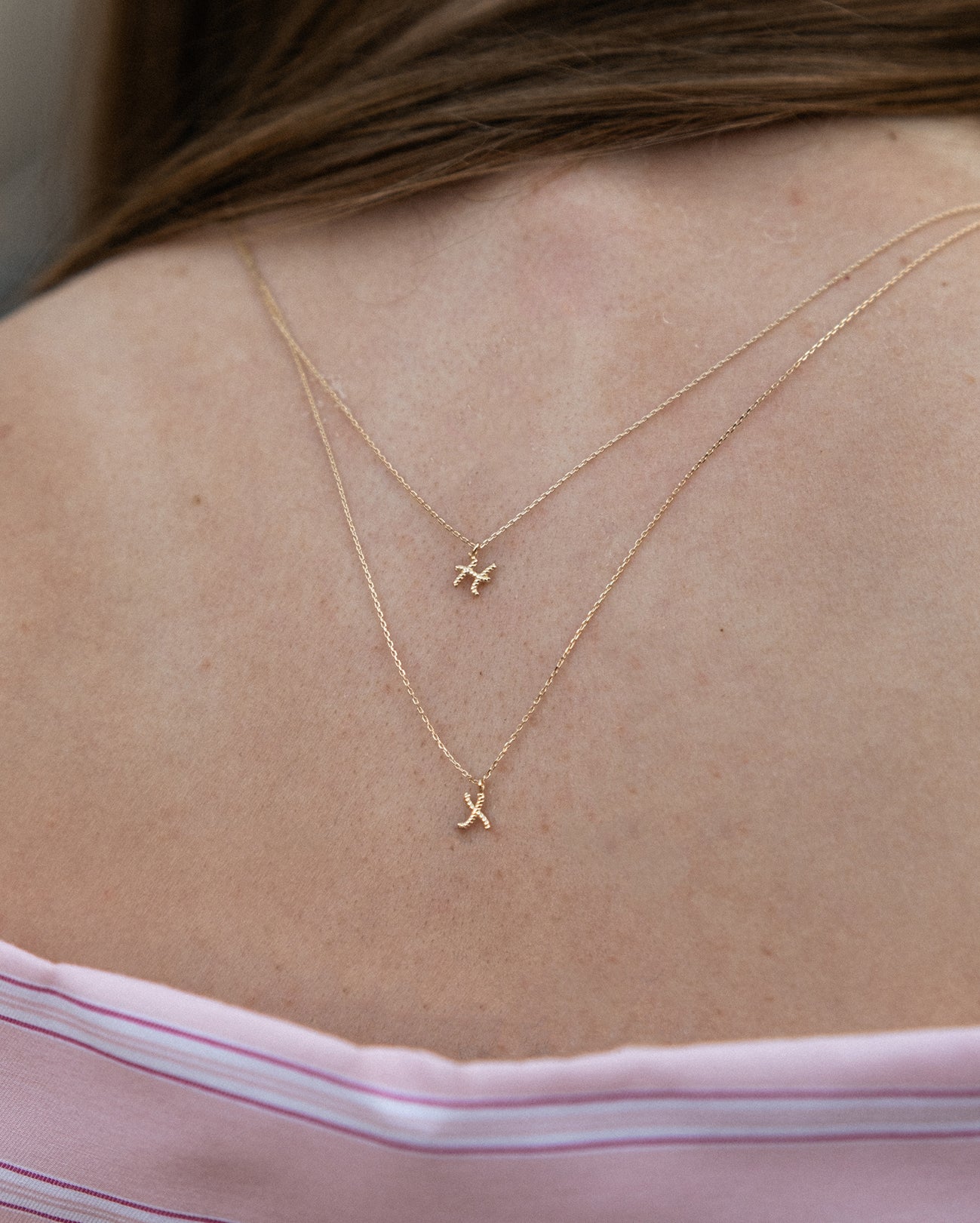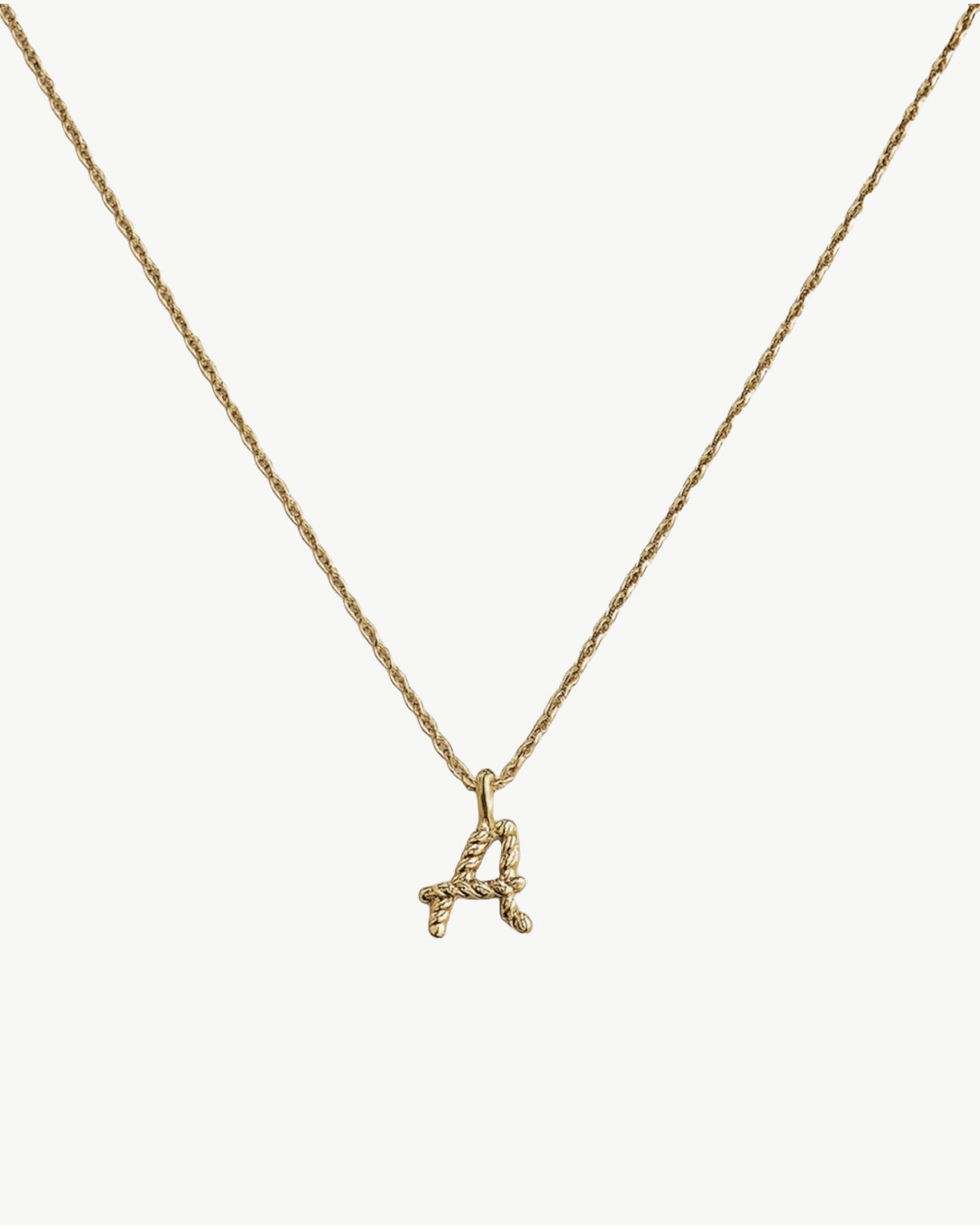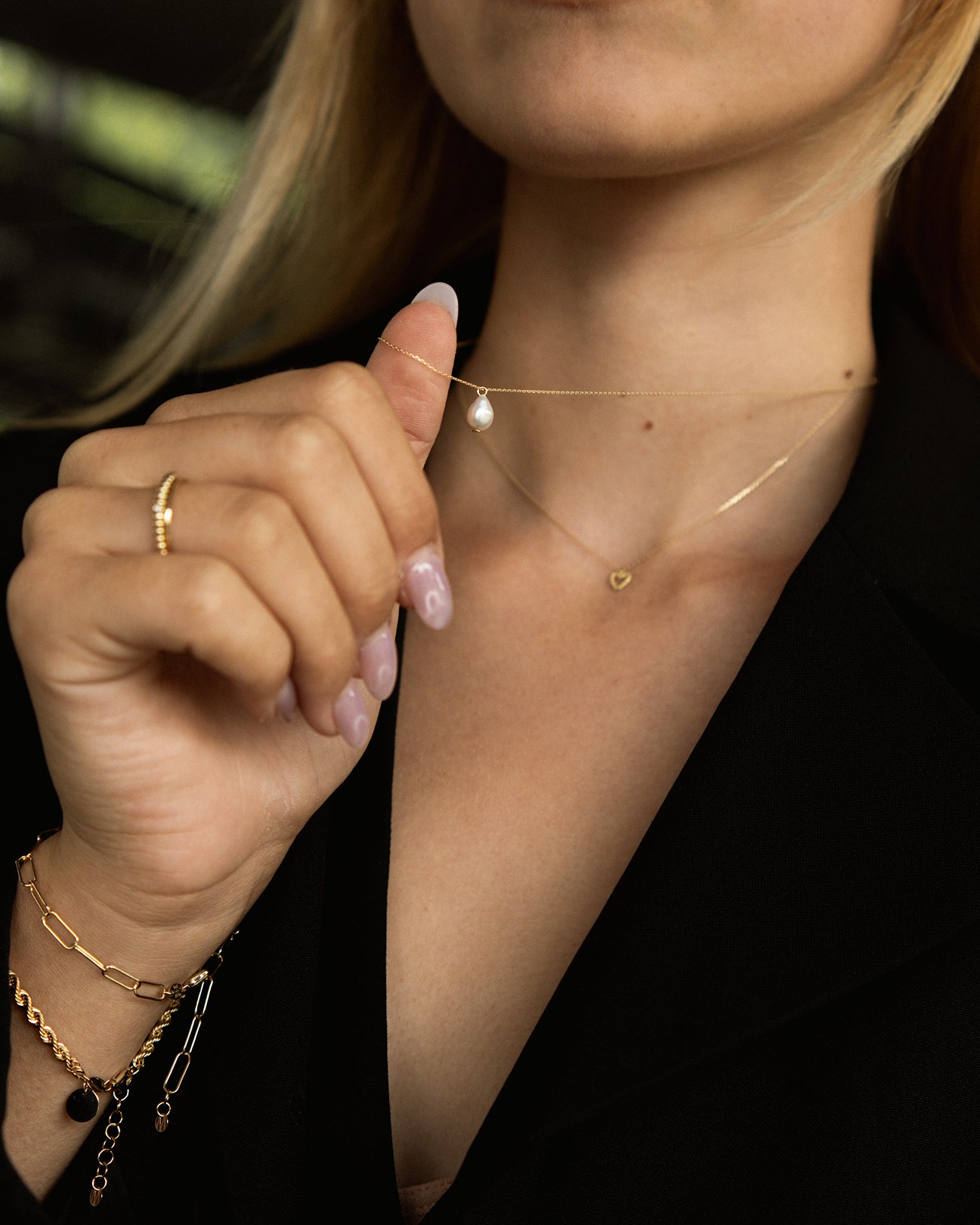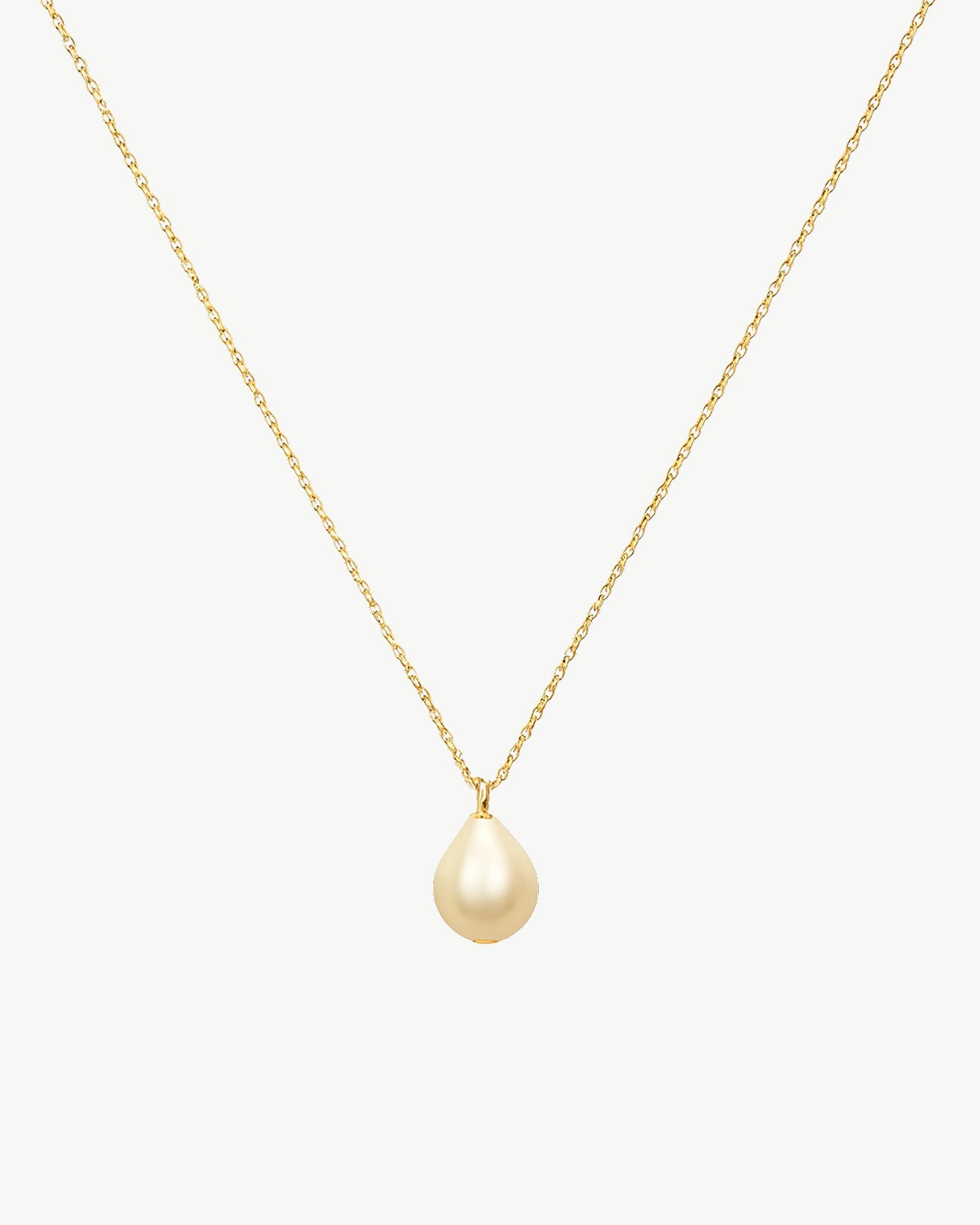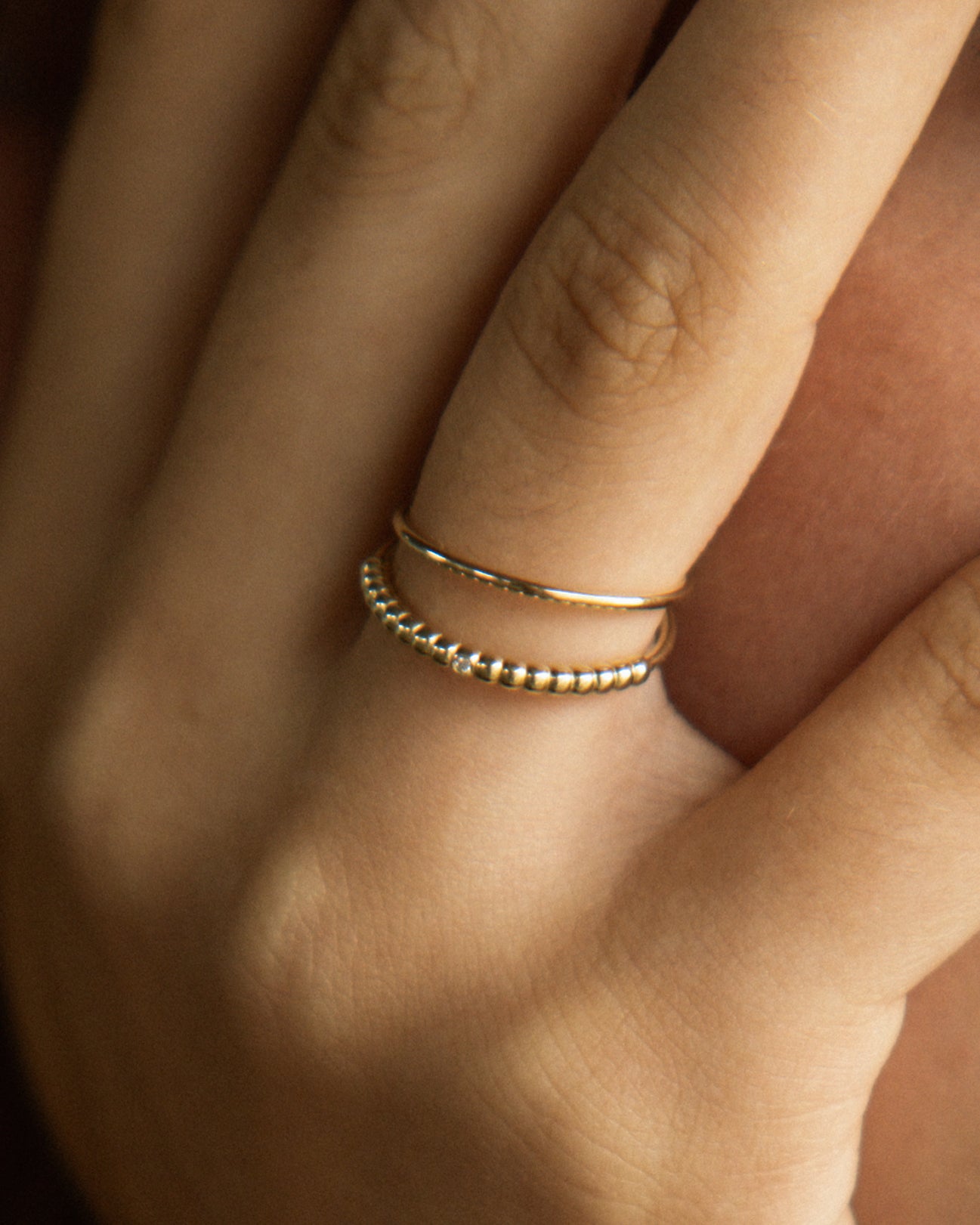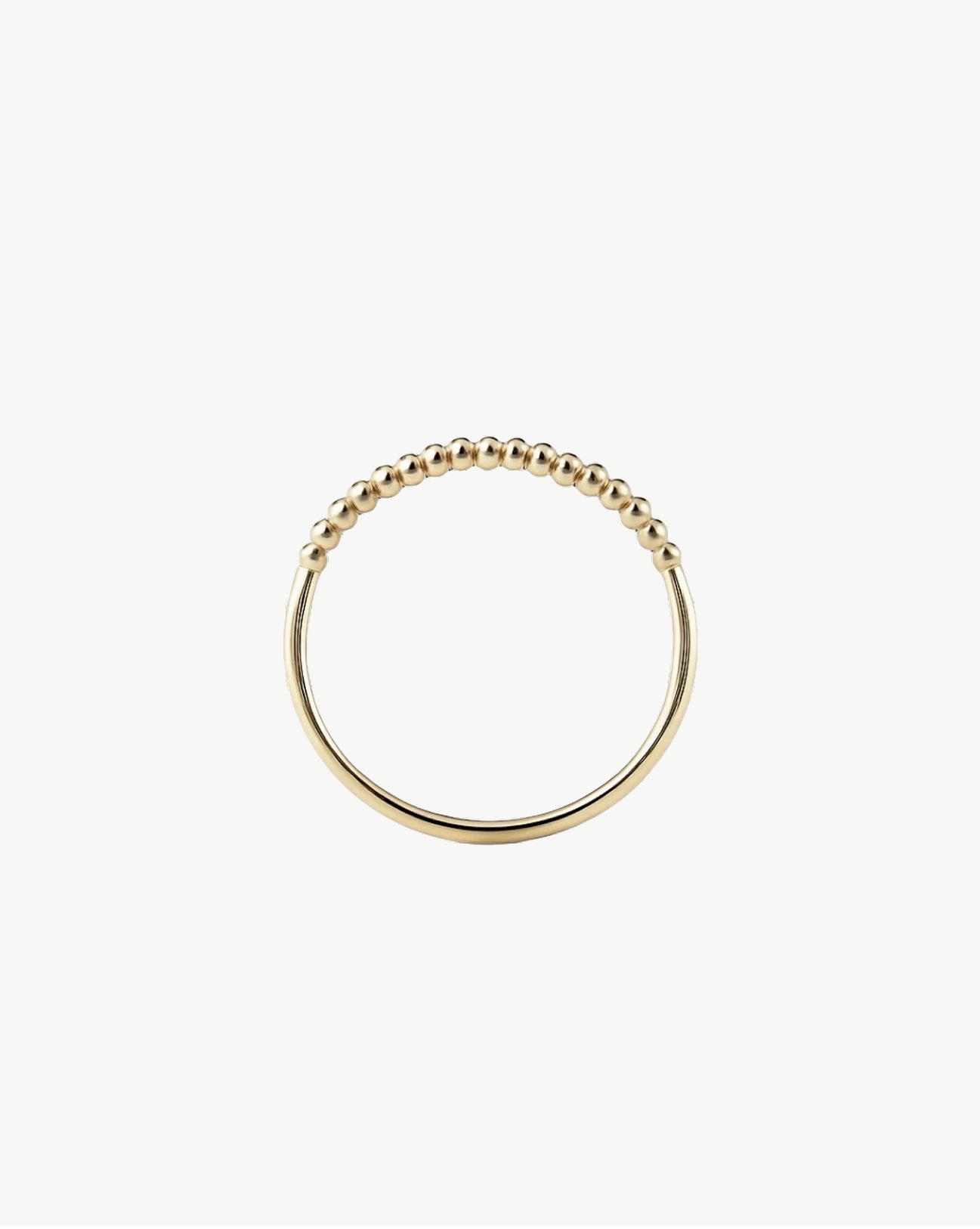Let’s be honest — the world of gemstones can get confusing.
Diamonds, sapphires, topaz, moissanite… and then there’s cubic zirconia, lab-grown vs. natural, precious vs. semi-precious. It’s a lot. And if you’re shopping for jewelry that lasts, knowing what those stones actually mean is kind of essential.
So let’s break it down.
First of All: No Stone Is “Wrong” - But Not All Are Right for Fine Jewelry
At MUSE of My Own, we believe good jewelry doesn’t have to be made with just diamonds, but it should be made with materials that wear beautifully, resist damage, and hold their sparkle for years - not just weeks.
Some stones are soft and scratch easily. Others cloud over time. Some are incredibly strong, but come with a hefty price tag. And then there are those rare few that strike the perfect balance between beauty, strength, and cost.
So no judgment here — but we’re picky on purpose. Let’s talk about why.
Why We Never Use Cubic Zirconia
Cubic zirconia (often abbreviated as CZ) might look sparkly at first glance - but it’s not something you’ll find in any of our pieces.
Here’s why:
- It’s not a naturally occurring gem - it’s a man-made crystal produced in bulk since the 1970s.
- It becomes cloudy with wear.
- It’s extremely inexpensive, which is why it’s often used in fast fashion or costume jewelry.
- It doesn’t have the same refraction, fire, or hardness as real gemstones.
While CZ can be fun for a weekend look, it doesn’t belong in fine jewelry meant to last.
What We Do Use (and Why)
Diamonds: The OG of durability
Diamonds are the hardest known natural material, scoring a perfect 10 on the Mohs scale (which measures hardness and scratch resistance). Whether natural or lab-grown (more on that in a sec), they offer unbeatable sparkle, clarity, and endurance.
They’re perfect for:
- Rings and daily pieces
- Stacking and layering without damage
- Keeping their brilliance over time
Moissanite: A budget-friendly diamond twin
Moissanite is a lab-created gemstone originally discovered in a meteorite. It scores 9.25 on the Mohs scale, making it super durable and nearly as sparkly as a diamond - with even more fire (aka rainbow flashes).
It’s a great alternative for those who want the look of a diamond without the price tag.
Sapphire: Not just blue anymore
Sapphire isn’t just the royal blue gem you’re used to seeing - it also comes in pinks, whites, yellows, and greens.
It scores 9 on the Mohs scale, meaning it’s excellent for everyday wear and rarely chips or dulls.
Sapphires are considered precious gemstones, just like diamonds, emeralds, and rubies.
Topaz: A subtle shimmer with staying power
Topaz is one of our favorite stones to work with - and for good reason. Naturally radiant and available in a range of subtle tones like icy white, pale blue, and warm peach, topaz brings a soft elegance that pairs beautifully with solid gold.
It scores an 8 on the Mohs scale, meaning it’s durable enough for daily wear, especially in earrings, pendants, and bracelets. And while it’s technically classified as a semi-precious gemstone, that doesn’t make it any less stunning.
We love topaz for its:
- Refined shimmer without being overly flashy
- Versatile color palette that fits both minimal and statement designs
- Affordability that makes high-quality fine jewelry more accessible
At MUSE of My Own, we use only carefully selected topaz stones in our pieces - never glued, never set in plated metal - always solid gold, designed to last.
Lab-Grown vs. Natural Stones - What’s the Difference?
Same look. Same durability. Just a smarter footprint.
Lab-grown diamonds and gemstones are chemically and visually identical to natural ones - they're just created in controlled conditions instead of being mined from the earth.
Why there is no need to be afraid of them:
- Ethically sourced (no mining, no conflict)
- Less environmental impact
- Lower cost, which is passed on consumer
- No compromise on beauty or quality
Unless you're a gemologist with a microscope, you won't be able to tell them apart. And honestly? You shouldn't have to.
Precious vs. Semi-Precious - Does It Matter?
Not really.
This old-school classification mostly comes down to tradition, not quality. "Precious" stones include:
- Diamonds
- Rubies
- Emeralds
- Sapphires
Everything else - topaz, garnet, amethyst, etc. - falls under “semi-precious.” But many semi-precious stones are still plenty durable and absolutely gorgeous. What matters more is:
- How it wears
- How it’s set
- Whether it’s right for your lifestyle
We’re not into outdated hierarchies. We’re into pieces that last — and look amazing doing it.
Final Word: Real Gold, Real Stones, Real Shine
At MUSE of My Own, we make jewelry for people who actually wear it.
Every day. To work. To brunch. To bed.
That’s why we use diamonds, sapphires, moissanite, and topaz — real stones with real staying power. You’ll never find cubic zirconia or flash-in-the-pan sparkle here.
We pair our handpicked stones with solid gold (always) so that every piece you buy is built to look good today and still shine five years from now.
Because sparkle is nice - but longevity is where the magic really happens.
